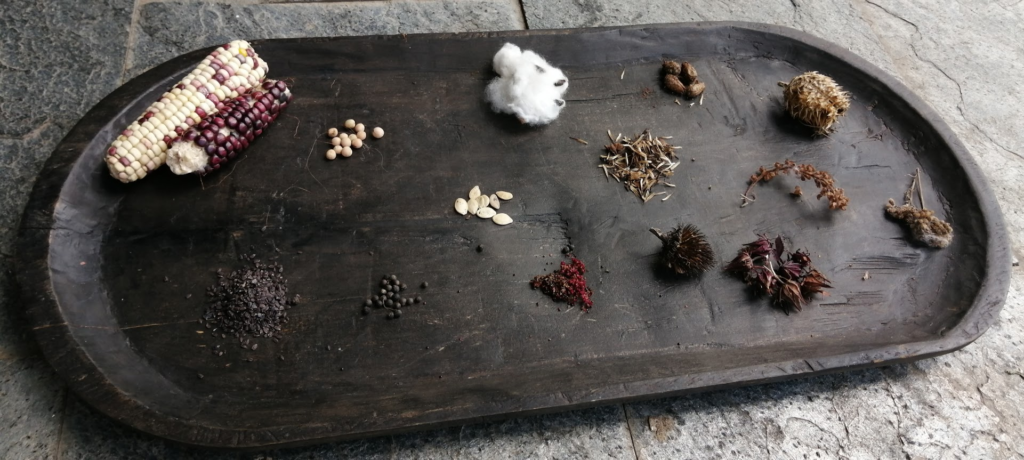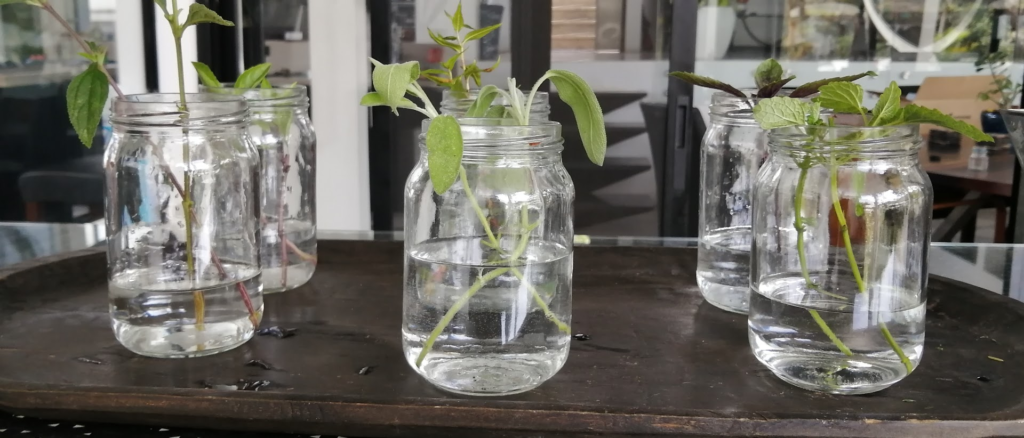Planting For Success

The mastery of growing your own food lies in gaining an intimate understanding of plants and the environments in which they thrive. In the end, knowing what your plants need for growth is what separates a good harvest from a bad one.
Similarly, knowing about your soils, climate, and general environment is what ultimately guides the choice of the types of plants you are going to grow. After all, there is no use in attempting to grow plants outside of the environments in which they can thrive. This leads to more pests, lower yields, and ultimately a lot of work for little reward.
Thankfully, this isn’t a skill you need to master before starting your first garden. In fact, it’s not something that you can master without years of observation and experimentation. The most important thing is not only to learn as much as you can with books, mentors, blogs, or whatever other resources are available BUT to learn by doing!
Start planting seeds, taking cuttings, and begin propagating plant life! Sure many things will fail, but this is how you learn what works and what doesn’t. That’s what this article is going to cover. How you should choose the right plants for your project and what the most efficient ways of propagating them can be.
Choosing The Right Plants
The best way to know what to plant in your region is to observe what local farmers and gardeners traditionally grow there. This will give you clues as to what time has been deemed as a successful crop in the region. Keep your eyes out to see what hardy old fruit trees are around, what people have in their gardens, and make sure to ask any old-timers with a green thumb! Getting seeds and cuttings from local varieties is also a great way to ensure your plants will be happy.
There are two main categories of plants you are going to want to consider for your project.
- Perennials are long-lived plants that grow for many seasons. This includes fruit trees, perennial vines like blackberry, and herbaceous plants like mint.
- Annuals are plants that live for a single growing season and then die back. This includes tomatoes, lettuce, broccoli, onions, and many more.
Aside from this, you will want to consider all the different utilities that plants can offer such as; medicine, fruits, vegetables, biomass (for compost), forage, privacy fencing, and aesthetic appeal.


Planting Perennials
Perennials are not a bad place to start when choosing what to plant in your farm or garden. They only require a single planting and can produce for decades or even hundreds of years if properly planted. Another reason to plant perennials as soon as you’ve committed to a piece of land is that they can take many years before they produce. Many fruit trees for example won’t fruit until after 5-10 years of growth!
During the rainy seasons when the ground is constantly moist many perennial plants can be propagated by cuttings directly in the ground. This can be a great way to make natural borders and propagate useful species.
Planting Annuals
Annuals also have their advantages when first starting a gardening or farm project. They grow quickly and produce some of the most valued fruits and vegetables. The biggest downside to annuals is that many times they are more intensive and require more work, although this is not always the case.
Propagating Plants
Propagating plants is one of the most exciting joys in gardening. It allows you to take very little plant material, like seeds from a tomato, and make hundreds or even thousands of living individuals! It’s the biological alchemy of transforming soil, water, air, and sunlight into a thriving and producing plants. Below I’m going to outline some of the easiest ways to propagate plants.

- Seeds are one of the most obvious ways to propagate. Seeds can be propagated in nursery settings for sensitive crops or directly planted in the garden. The easiest plants to grow that will yield the biggest return in investment are often plants grown via direct seeding during the appropriate season. This is why when growing from seed it is very important to consider the seasonality of the crop.

- Cuttings are a way to conduct vegetative propagation from live plant material. Not all plants can be cultivated by cutting but those that can include both perennial and annual species. Cuttings are usually composed of straight tender branches anywhere from 10-30 cm in length with at least 2-4 nodes. Cuttings can be rooted either in water or directly in a sandy soil medium. Some species may require rooting hormones.
- Air Layering is a plant cultivation method typically used for the quick propagation of tree species. This method involves inducing rooting on a living branch which can then be cut and planted. This process is done by removing the bark and cambium layer from a branch and then covering the injury with moist Coco-Coir or Peat Moss and a plastic wrapping.

Transplanting Nursery Starts
Buying young plants from nurseries can be an easy way to quickly ramp up your production. Specialized nurseries produce starts at relatively affordable rates when compared to the amount of effort an individual needs to produce them at home. Below are some tips to consider when transplanting nursery starts.

- Buy from organic nurseries. If you buy from a large industrial nursery your plants are more likely to suffer from pests and diseases even if you plant them in rich organic soil.
- Don’t buy diseased or damaged plants. This may seem like a no-brainer but it’s always good to thoroughly check your plants before purchasing!
- Properly amend and prepare the soil before planting. This is especially true when you are planting fruit trees. I recommend digging out the soil, at least a 5-gallon bucket amount, and then refilling it with 50% compost and soil mixture. If you’re in a dry climate you may want to plant it within a swale while in wet climates mounds often do better.
- Plant them immediately. Don’t let them sit in the trays for weeks becoming rootbound!
